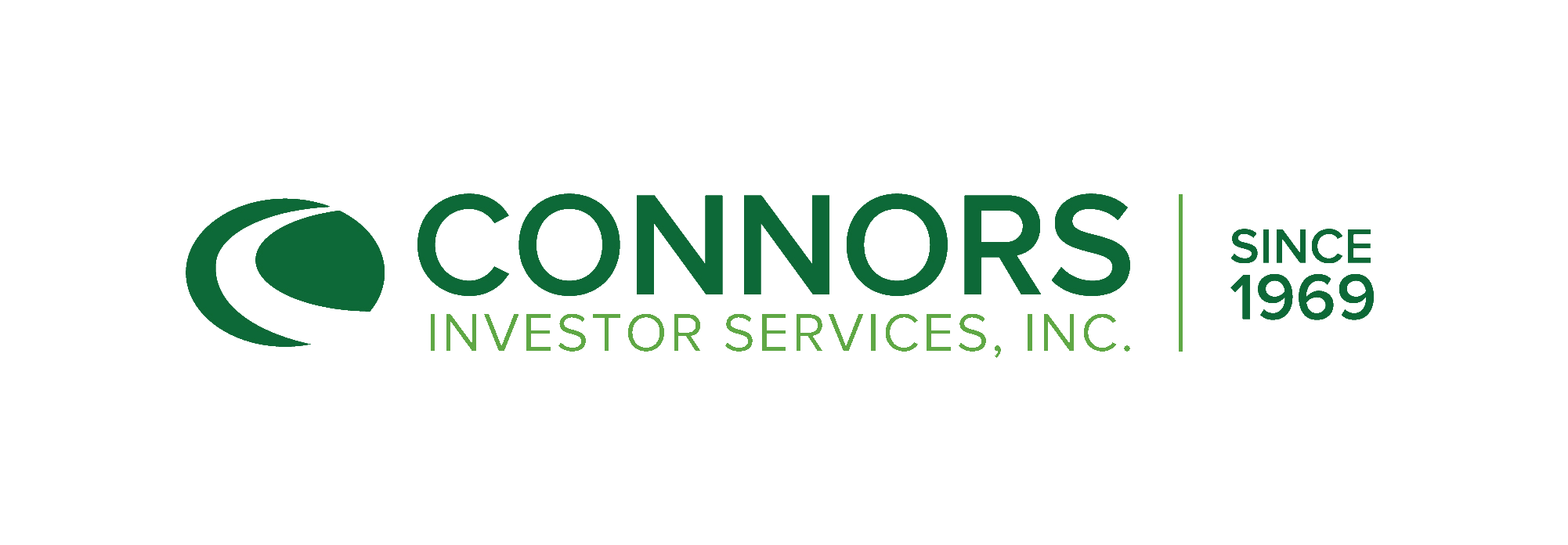2023 Q4 Income and Growth Commentary
by Robert Cagliola, CFA and Robert Hahn, CFA, on January 01, 2024
Market Commentary
Sir Isaac Newton once said “What goes up must come down.” Thankfully for the markets this appears to apply to 10-Year Treasury rates as well. The market began Q4 similar to the way it ended Q3 trading down for the third consecutive month in October. Concern about “higher for longer,” large Federal budget deficits and questions about a supply/demand imbalance for US Treasuries led to a spike in the 10-year Treasury rate to nearly 5% in October. Following the October peak, rates reversed declining by over 110 bp thru year-end as Federal government shutdowns were averted and Fed language regarding inflation and interest rates became more benign. The market rallied on the rate pullback rebounding by over 15% since the October low and ended up over 24.2% for the year as measured by the S&P 500.
A notable broadening of the market occurred during the Q4 rally. While most of the Magnificent Seven stocks continued to outperform the market, outperformers for the quarter also included cyclical and value names that had underperformed for much of the year. This includes interest rate sensitive sector such as Financials, Industrials and REITs. Fed officials began acknowledging in October that tightening financial conditions likely reduced the need for further rate hikes. The Fed December meeting was even more dovish as the Fed funds forecast suggested 75 bp in cuts in 2024. The disinflation theme was supported by the core PCE inflation for November which increased 1.9% on a six-month annualized basis marking the first time in three years that inflation was below the Fed’s target rate of 2%. That said, we point out that the CPI for November was up 3.1% year-over-year and the core CPI was up 4.0% year- over-year as the housing costs remain elevated due to low inventories and higher interest rates. The soft-landing scenario gained more support as the economy continued to be resilient, with GDP growing 5.2% in Q3 and the labor market remaining strong, with unemployment at 3.7%. REITs were the strongest sector during Q4 up 17.6%. Technology was the next best performer up 16.9%. Financials were the third best performing sector up 13.4% due to lower rates and increased hopes of a soft landing. Underperformers were led by Energy down 7.8% following strong Q3 performance. Oil pulled back sharply following its breakout above $90 a barrel due to weak economic data in China and lessened concerns about more widespread conflict in the Middle East. While all other sectors were up during the quarter, staples, healthcare and utilities underperformed the market. Continued market upside in the first quarter will likely depend on CPI numbers showing further moderation in inflation and 10-year U.S. Treasury yields remaining near or below 4%. While near-term markets could see some retracement following the fourth quarter rally, we expect further upside in 2024 if rates and inflation continue to moderate.
Portfolio Equity Positioning
Recognizing the Fed’s less hawkish tone and probability that interest rates may plateau going forward, several adjustments were made to the portfolio to participate in any rebound of deeply oversold equities found in the Consumer Discretionary, Financials and Communication Services sectors. Positions bought and/or weighted up included Target (TGT) and Lowes (LOW) – inventory reduction and margin recovery and Morgan Stanley (MS) – moderating interest rates and growth of fee income. In addition, the portfolio was balanced with purchases and weighting increases of positions having exposures to strong secular tailwinds including Quanta Services – infrastructure build out, Amazon (AMZN) – continued AWS growth, Advanced Micro Devices (AMD) – new server CPUs and GPUs and recovering PC demand, Welltower (WELL) – aging population driving demand for retirement housing, Salesforce (CRM) – efficiencies and cost savings driving software investments. Securities sold in the quarter included Proctor & Gamble (PG) – pricing pressures, Cisco Systems (CSCO) – slowing enterprise and telco demand and bloated inventory, Analog Devices (ADI) – slowing auto and industrial demand and inventory build, NextEra (NEE) – rising costs of new project financing, Johnson & Johnson (JNJ) – concerns over continued rising litigation costs due to talc powder asbestos contamination.
Outlook
We believe that the market could see some retracement early in the year given the stock market’s significant appreciation in the fourth quarter. Beyond any potential near-term pullback, further upside this year remains predicated on a further decline in inflation and continued dovish monetary policies. The economy continues to exhibit better than expected growth, with 5.2% GDP growth in Q3 and continuing strength in the labor market despite the Fed’s rate hike cycle. The Fed continues to closely monitor inflation and the core CPI would likely need to further decline before the Fed would consider rate cuts. Rate sensitive industries such as housing would greatly benefit from any potential rate cuts or further declines in the 10-year Treasury rate. Though Presidential Election years are generally positive for the market we note that continued large fiscal deficits by the Federal government could negatively impact interest rates. Geopolitical events could also prove to be a wild card this year with continued conflict in Ukraine and the Middle East. We believe that covered-call option writing is an appropriate strategy to participate in any potential market upside while reducing volatility. We maintain a diversified portfolio with both secular growth and value exposure and look to add to positions and increase portfolio yield on any pullbacks.
Important Disclosures
Please remember that past performance may not be indicative of future results. Different types of investments involve varying degrees of risk, and there can be no assurance that the future performance of any specific investment, investment strategy, or product (including the investments and/or investment strategies recommended or undertaken by Connors Investor Services, Inc. “Connors”), or any non-investment related content made reference to directly or indirectly in this commentary will be profitable, equal any corresponding indicated historical performance level(s), be suitable for your portfolio or individual situation, or prove successful. Due to various factors, including changing market conditions and/or applicable laws, the content may no longer be reflective of current opinions or positions. Moreover, you should not assume that any discussion or information contained in this commentary serves as the receipt of, or as a substitute for, personalized investment advice from Connors. Please remember to contact Connors in writing if there are any changes in your personal/financial situation or investment objectives for the purpose of reviewing/evaluating/revising our previous recommendations and/or services or if you would like to impose, add, or modify any reasonable restrictions to our investment advisory services. Unless and until you notify us in writing, to the contrary, we shall continue to provide services as we do currently. Connors is neither a law firm nor a certified public accounting firm, and no portion of the commentary content should be construed as legal or accounting advice. A copy of the Connors’ current written disclosure Brochure discussing our advisory services and fees continues to remain available upon request. Historical performance results for investment indices, benchmarks, and/or categories have been provided for general informational/comparison purposes only and generally do not reflect the deduction of transaction and/or custodial charges, the deduction of an investment management fee, nor the impact of taxes, the incurrence of which would have the effect of decreasing historical performance results. It should not be assumed that your Connors account holdings correspond directly to any comparative indices or categories. Please Also Note: (1) performance results do not reflect the impact of taxes; (2) comparative benchmarks/indices may be more or less volatile than your Connors accounts; and (3) a description of each comparative benchmark/index is available upon request.






